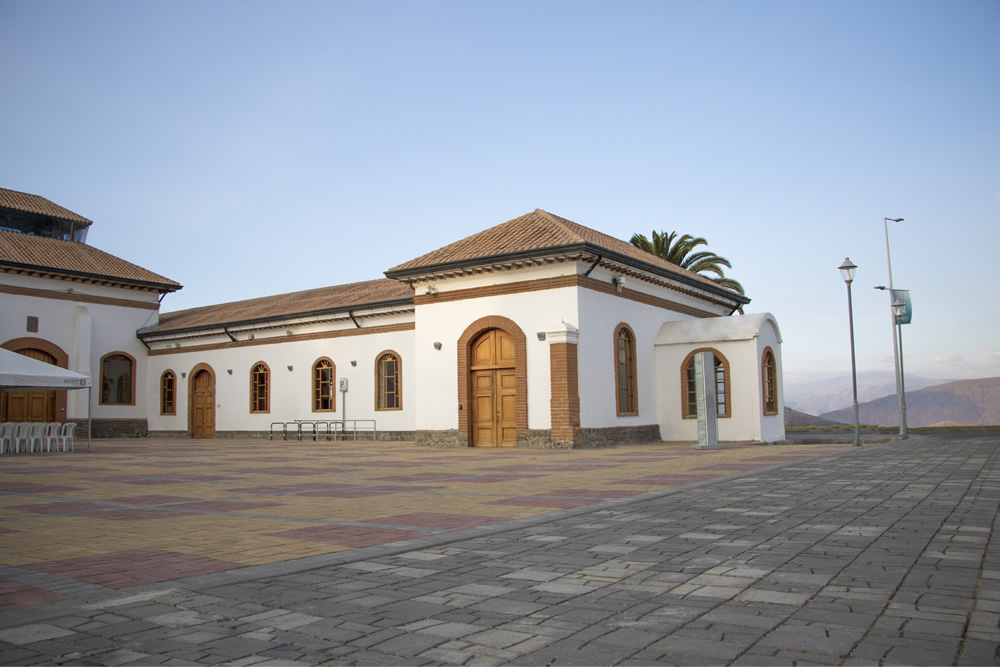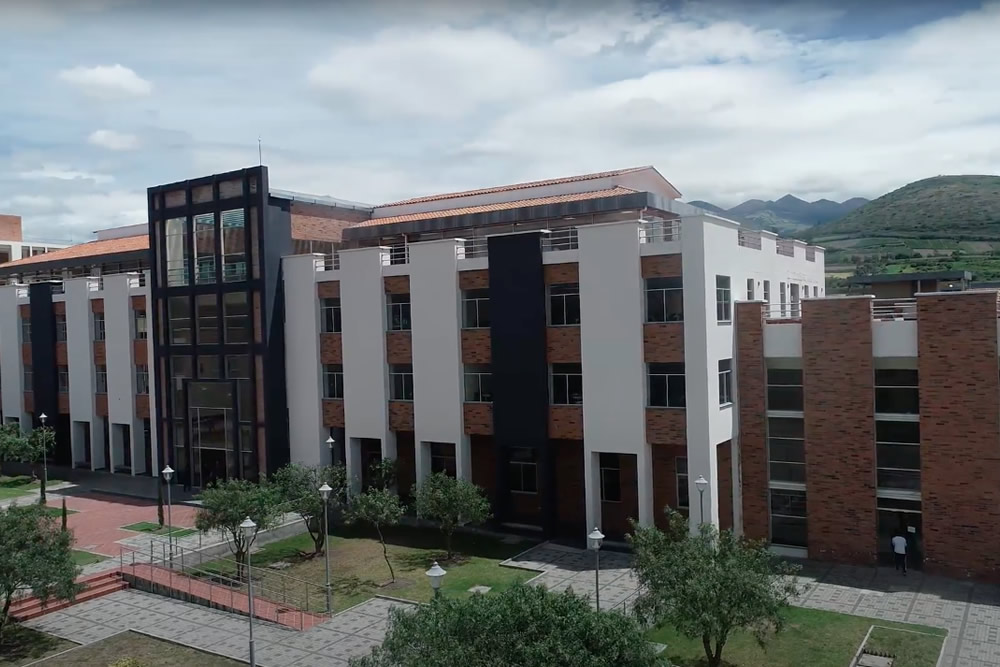Engineering circuit analysis / William H. Hayt, Jr., Jack E. Kemmerly, Steven M. Durbin.
Tipo de material: TextoIdioma: Inglés Detalles de publicación: New York : McGraw-Hill, c2012.Edición: 8th edDescripción: xxi, 852 p. : ill. (some col.) ; 26 cmISBN:
TextoIdioma: Inglés Detalles de publicación: New York : McGraw-Hill, c2012.Edición: 8th edDescripción: xxi, 852 p. : ill. (some col.) ; 26 cmISBN: - 9780073529578
- 0073529575
- 9780071317061 (international ed. : pbk.)
- 0071317066 (international ed. : pbk.)
- 621.319/2 22
- TK454 .H4 2012
| Tipo de ítem | Biblioteca actual | Signatura | Copia número | Estado | Fecha de vencimiento | Código de barras | Reserva de ítems | |
|---|---|---|---|---|---|---|---|---|
 Colección general
Colección general
|
Biblioteca Yachay Tech | 621.3192 H426e 2012 (Navegar estantería(Abre debajo)) | Ej. 1 | Disponible | 000888 | |||
 Colección general
Colección general
|
Biblioteca Yachay Tech | 621.3192 H426e 2012 (Navegar estantería(Abre debajo)) | Ej. 2 | Disponible | 000889 | |||
 Colección general
Colección general
|
Biblioteca Yachay Tech | 621.3192 H426e 2012 (Navegar estantería(Abre debajo)) | Ej. 3 | Disponible | 000890 |
Includes bibliographical references and index.
Machine generated contents note: ch. 1 Introduction -- 1.1.Overview of Text -- 1.2.Relationship of Circuit Analysis to Engineering -- 1.3.Analysis and Design -- 1.4.Computer-Aided Analysis -- 1.5.Successful Problem-Solving Strategies -- Reading Further -- ch. 2 Basic Components And Electic Circuits -- 2.1.Units and Scales -- 2.2.Charge, Current, Voltage, and Power -- 2.3.Voltage and Current Sources -- 2.4.Ohm's Law -- Summary And Review -- Reading Further -- Exercises -- ch. 3 Voltage And Current Laws -- 3.1.Nodes, Paths, Loops, and Branches -- 3.2.Kirchhoffs Current Law -- 3.3.Kirchhoffs Voltage Law -- 3.4.The Single-Loop Circuit -- 3.5.The Single-Node-Pair Circuit -- 3.6.Series and Parallel Connected Sources -- 3.7.Resistors in Series and Parallel -- 3.8.Voltage and Current Division -- Summary And Review -- Reading Further -- Exercises -- ch. 4 Basic Nodal And Mesh Analysis -- 4.1.Nodal Analysis -- 4.2.The Supernode -- 4.3.Mesh Analysis -- 4.4.The Supermesh -- 4.5.Nodal vs. Mesh Analysis: A Comparison -- 4.6.Computer-Aided Circuit Analysis -- Summary And Review -- Reading Further -- Exercises -- ch. 5 Handy Circuit Analysis Techniques -- 5.1.Linearity and Superposition -- 5.2.Source Transformations -- 5.3.Thevenin and Norton Equivalent Circuits -- 5.4.Maximum Power Transfer -- 5.5.Delta-Wye Conversion -- 5.6.Selecting an Approach: A Summary of Various Techniques -- Summary And Review -- Reading Further -- Exercises -- ch. 6 The Operational Amplifier -- 6.1.Background -- 6.2.The Ideal Op Amp: A Cordial Introduction -- 6.3.Cascaded Stages -- 6.4.Circuits for Voltage and Current Sources -- 6.5.Practical Considerations -- 6.6.Comparators and the Instrumentation Amplifier -- Summary And Review -- Reading Further -- Exercises -- ch. 7 Capacitors And Inductors -- 7.1.The Capacitor -- 7.2.The Inductor -- 7.3.Inductance and Capacitance Combinations -- 7.4.Consequences of Linearity -- 7.5.Simple Op Amp Circuits with Capacitors -- 7.6.Duality -- 7.7.Modeling Capacitors and Inductors with PSpice -- Summary And Review -- Reading Further -- Exercises -- ch. 8 Basic Rl And Rc Circuits -- 8.1.The Source-Free RL Circuit -- 8.2.Properties of the Exponential Response -- 8.3.The Source-Free RC Circuit -- 8.4.A More General Perspective -- 8.5.The Unit-Step Function -- 8.6.Driven RL Circuits -- 8.7.Natural and Forced Response -- 8.8.Driven AC Circuits -- 8.9.Predicting the Response of Sequentially Switched Circuits -- Summary And Review -- Reading Further -- Exercises -- ch. 9 The Rcl Circuit -- 9.1.The Source-Free Parallel Circuit -- 9.2.The Overdamped Parallel RLC Circuit -- 9.3.Critical Damping -- 9.4.The Underdamped Parallel RLC Circuit -- 9.5.The Source-Free Series RLC Circuit -- 9.6.The Complete Response of the RLC Circuit -- 9.7.The Lossless LC Circuit -- Summary And Review -- Reading Further -- Exercises -- ch. 10 Sinusoidal Steady-State Analysis -- 10.1.Characteristics of Sinusoids -- 10.2.Forced Response to Sinusoidal Functions -- 10.3.The Complex Forcing Function -- 10.4.The Phasor -- 10.5.Impedance and Admittance -- 10.6.Nodal and Mesh Analysis -- 10.7.Superposition, Source Transformations and Thevenin's Theorem -- 10.8.Phasor Diagrams -- Summary And Review -- Reading Further -- Exercises -- ch. 11 Ac Circuit Power Analysis -- 11.1.Instantaneous Power -- 11.2.Average Power -- 11.3.Effective Values of Current and Voltage -- 11.4.Apparent Power and Power Factor -- 11.5.Complex Power -- Summary And Review -- Reading Further -- Exercises -- ch. 12 Polyphase Circuits -- 12.1.Polyphase Systems -- 12.2.Single-Phase Three-Wire Systems -- 12.3.Three-Phase Y-Y Connection -- 12.4.The Delta (A) Connection -- 12.5.Power Measurement in Three-Phase Systems -- Summary And Review -- Reading Further -- Exercises -- ch. 13 Magnetically Coupled Circuits -- 13.1.Mutual Inductance -- 13.2.Energy Considerations -- 13.3.The Linear Transformer -- 13.4.The Ideal Transformer -- Summary And Review -- Reading Further -- Exercises -- ch. 14 Complex Frequency And The Laplace Transform -- 14.1.Complex Frequency -- 14.2.The Damped Sinusoidal Forcing Function -- 14.3.Definition of the Laplace Transform -- 14.4.Laplace Transforms of Simple Time Functions -- 14.5.Inverse Transform Techniques -- 14.6.Basic Theorems for the Laplace Transform -- 14.7.The Initial-Value and Final-Value Theorems -- Summary And Review -- Reading Further -- Exercises -- ch. 15 Circuit Analysis In The s-Domain -- 15.1.Z(s) and Y(s) -- 15.2.Nodal and Mesh Analysis in the s-Domain -- 15.3.Additional Circuit Analysis Techniques -- 15.4.Poles, Zeros, and Transfer Functions -- 15.5.Convolution -- 15.6.The Complex-Frequency Plane -- 15.7.Natural Response and the s Plane -- 15.8.A Technique for Synthesizing the Voltage Ratio H(s) = V out/V in -- Summary And Review -- Reading Further -- Exercises -- ch. 16 Frequency Response -- 16.1.Parallel Resonance -- 16.2.Bandwidth and High-Q Circuits -- 16.3.Series Resonance -- 16.4.Other Resonant Forms -- 16.5.Scaling -- 16.6.Bode Diagrams -- 16.7.Basic Filter Design -- 16.8.Advanced Filter Design -- Summary And Review -- Reading Further -- Exercises -- ch. 17 Two-Port Networks -- 17.1.One-Port Networks -- 17.2.Admittance Parameters -- 17.3.Some Equivalent Networks -- 17.4.Impedance Parameters -- 17.5.Hybrid Parameters -- 17.6.Transmission Parameters -- Summary And Review -- Reading Further -- Exercises -- ch. 18 Fourier Circuit Analysis -- 18.1.Trigonometric Form of the Fourier Series -- 18.2.The Use of Symmetry -- 18.3.Complete Response to Periodic Forcing Functions -- 18.4.Complex Form of the Fourier Series -- 18.5.Definition of the Fourier Transform -- 18.6.Some Properties of the Fourier Transform -- 18.7.Fourier Transform Pairs for Some Simple Time Functions -- 18.8.The Fourier Transform of a General Periodic Time Function -- 18.9.The System Function and Response in the Frequency Domain -- 18.10.The Physical Significance of the System Function -- Summary And Review -- Reading Further -- Exercises.
No hay comentarios en este titulo.




